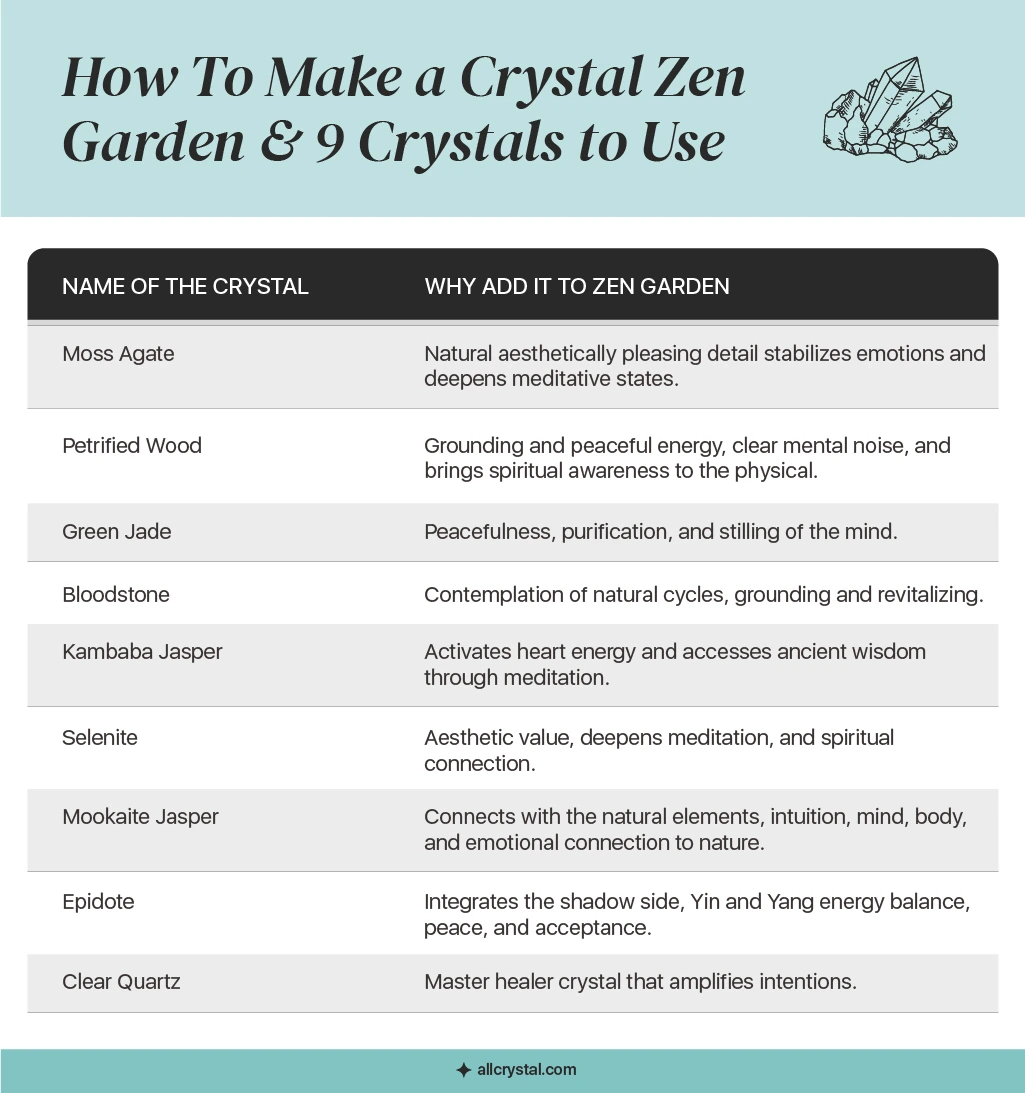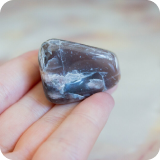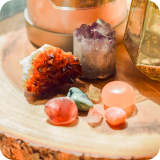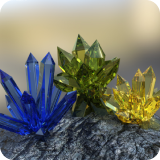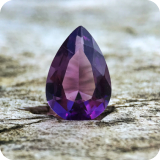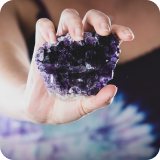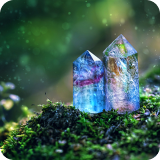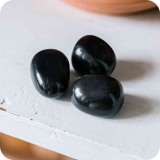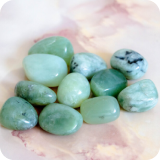- How To Build Your Own Crystal Zen Garden?
- What Crystals Can Go in a Zen Garden?
- How To Use Crystals for Zen Gardens
- Conclusion
A Crystal Zen Garden is a dedicated garden that is designed with mindfulness and intention. Zen gardens are known to have a strong focus on the use of rocks, as well as other natural elements, placed in accordance with the design principles of Zen Gardens. So, what exactly is a healing crystal garden and what crystals can go in a Zen Garden?
A Crystal Zen Garden is an intentional garden space with specific crystals included throughout the garden for the purpose of meditation, contemplation, connection, and relaxation. The crystals placed in a Zen Garden should resonate with these intentions and so the following crystals can go in a Zen Garden:
- Moss Agate
- Petrified Wood
- Green Jade
- Bloodstone
- Kambaba Jasper
- Selenite
- Mookaite
- Epidote
- Clear Quartz
A Crystal Zen Garden includes crystals in a way that works both energetically and aesthetically with the other elements of the Zen Garden. We will now learn about the elements, design principles, and stones to create an effective healing Zen and crystal garden.
How To Build Your Own Crystal Zen Garden?
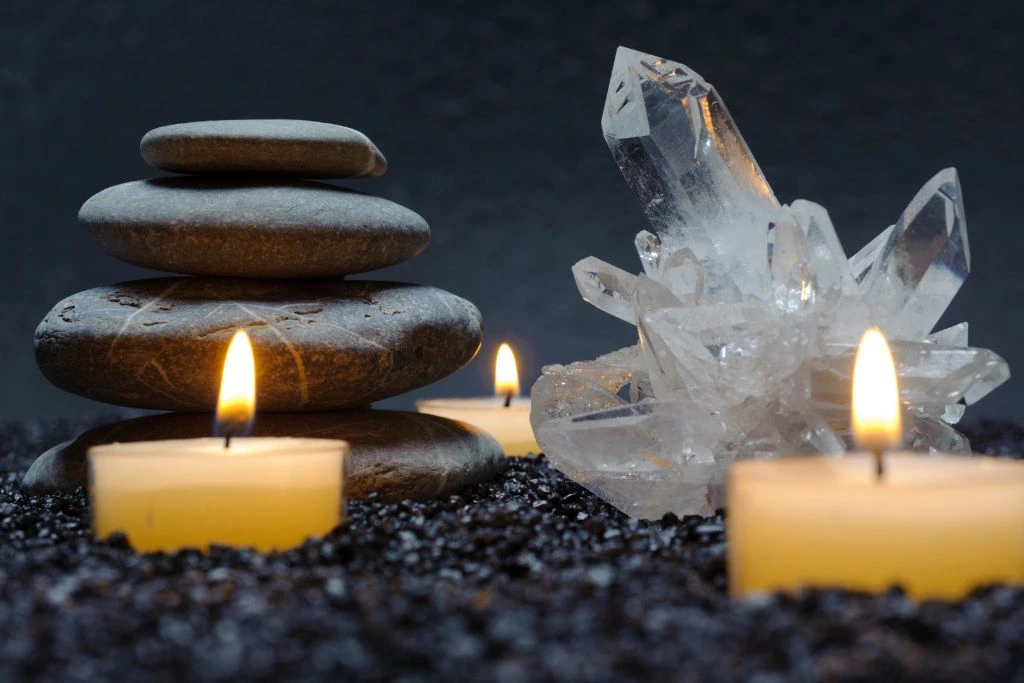
Zen is regarded as a school of Buddhism. It is also very much a way of life. Zen philosophy and practices include meditation, presence, mindfulness, observing sacredness in the ordinary, accepting duality, and going with the flow of life and nature. Zen Gardens are a space to explore and practice these philosophies.
The simplicity and mindfulness that can be experienced when observing, creating, or tending to a Zen Garden is a contrast to the pace and aesthetic of modern life. Crystal Zen Gardens can provide us with a peaceful sanctuary to return to consistently.
No matter the space you have to work with, you can create a Crystal Zen Garden. These types of Japanese gardens can vary greatly from a designated life-size area to a miniature container on your table. When building your garden, consider the following:
- Choose a suitable designated space where you create your garden
- The 7 principles of Zen Garden design
- The elements to include in a Crystal Zen Garden
- The crystals for Zen that you can choose from to include in your Crystal Zen Garden
- Your clear intention and full presence when designing, building, and tending to the garden
The 7 Design Principles Of Crystal Zen Gardens
These are the 7 principles of design that should be considered when designing your Crystal Zen Garden.
- Fukinsei meaning Asymmetry
- Shizen meaning Naturalness
- Kanso meaning Simplicity
- Seijaku meaning Tranquility
- Shibumi meaning Elegance
- Datsuzoku meaning Surprise
- Yugen meaning Allusion
The Elements of a Crystal Zen Garden
These are the elements that you can consider including when designing your garden and choosing your crystals for the Zen Garden.
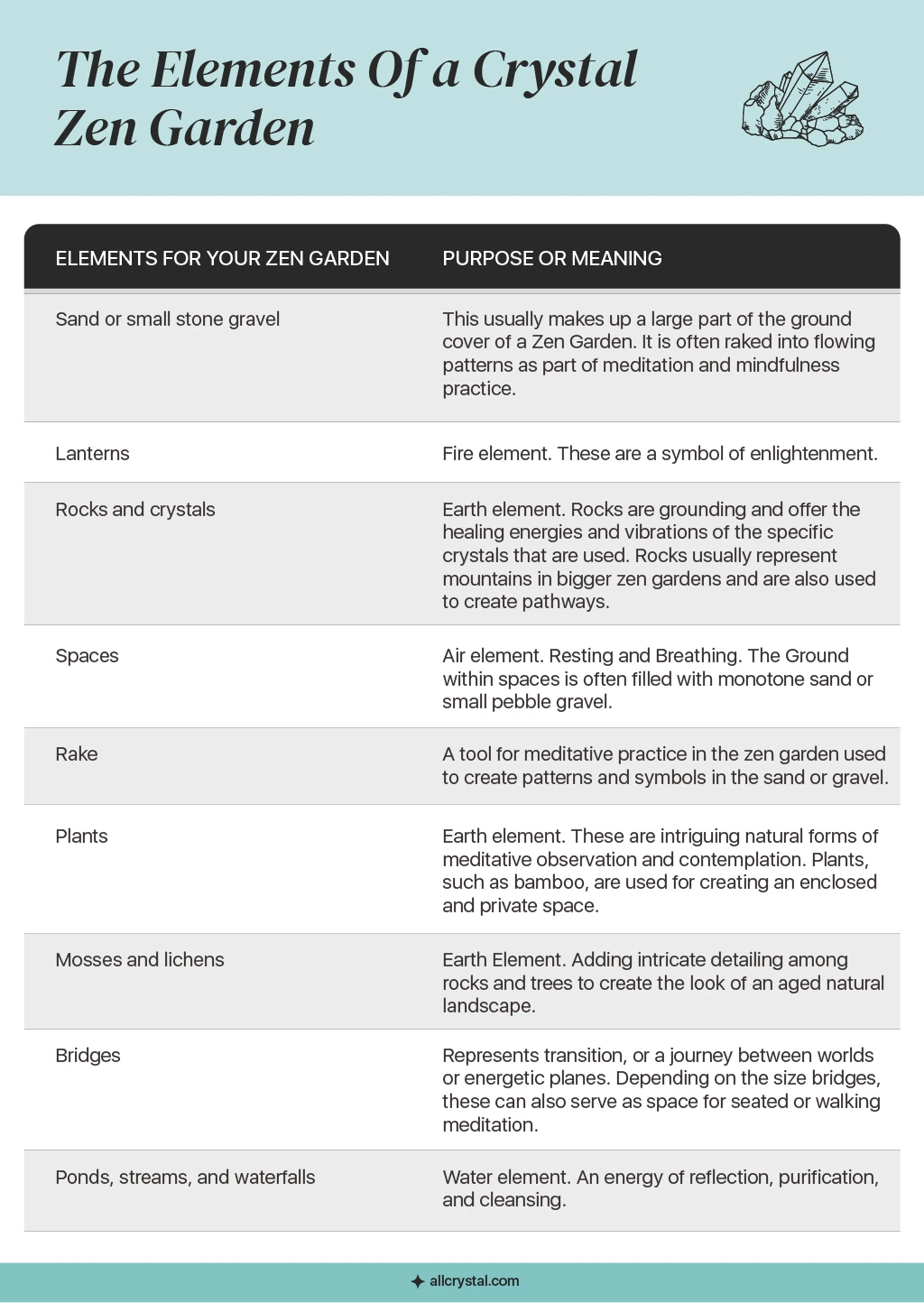
A Zen Garden can lean toward any particular specialty element but should always include at least a few different elements to achieve an overall balanced and peaceful space. We are focusing on creating a healing crystal garden, so let us learn about the options you can choose from for your Crystal Zen Garden
What Crystals Can Go in a Zen Garden?
Moss Agate
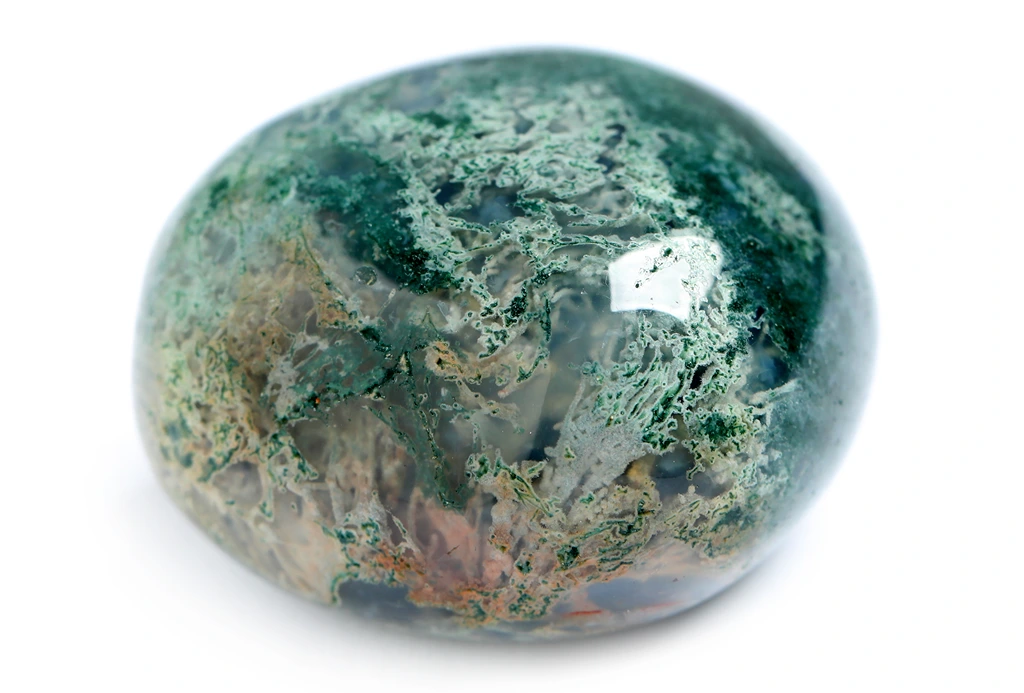
This crystal has intricate, moss-like details and a predominantly cool color palette of greens, teals, and whites. The natural aesthetic details, as well as the metaphysical properties of Moss Agate, make it a suitable crystal for Zen Gardens.
Moss Agate offers a peaceful energy that can balance and stabilize our emotions. It is known to help us to deepen states of contemplation and stillness, as well as increase focus for meditation. These traits make it a great energy to include in a Crystal Zen Garden.
Petrified Wood
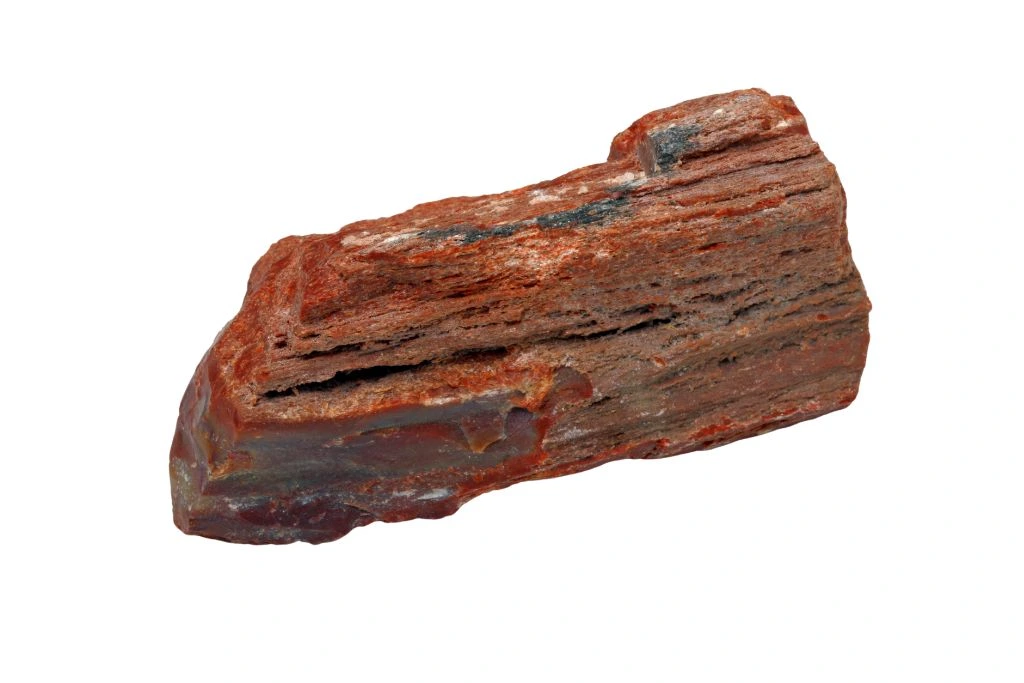
This crystallized wood fossil forms in an array of neutral colors, sometimes with stunning rainbow inclusions. The visual detail of Petrified Wood makes this crystal a great meditative focal point within a Crystal Zen Garden.
The vibration of Petrified Wood is grounding and peaceful. The energy of this element will bring a sense of calm to the garden and is in alignment with the intention of Zen Gardens. Petrified Wood is also useful for clearing mental noise and bringing awareness to the spiritual nature of our physical world.
Green Jade
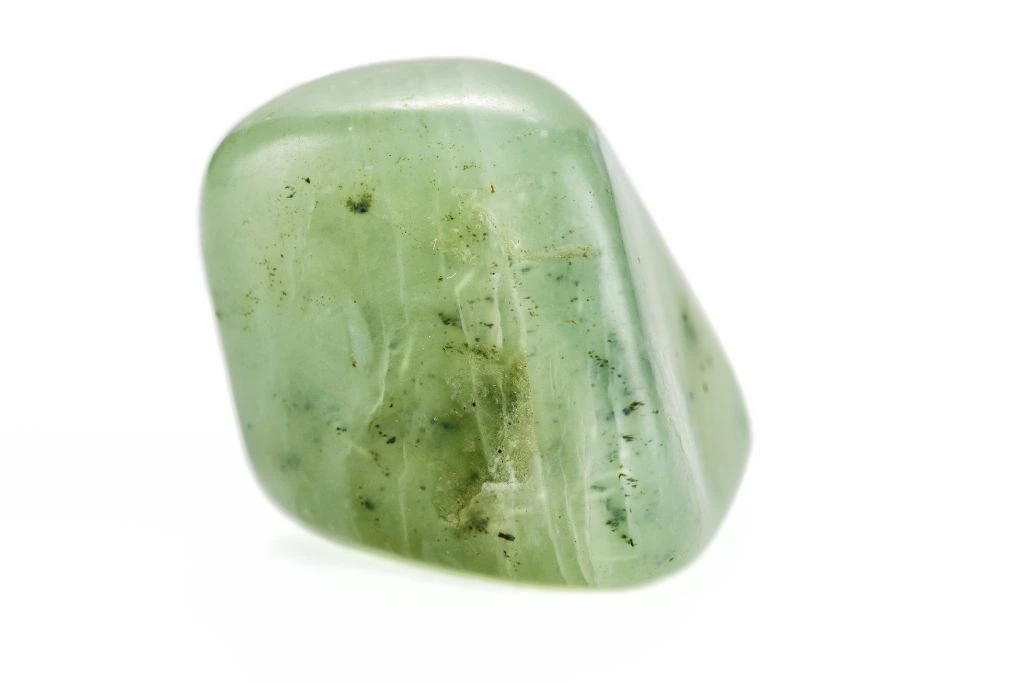
Green Jade is a particularly useful crystal for a Zen Garden that is part of your home. It brings an energy of peace, good luck, and prosperity that will radiate from your healing crystal garden.
This crystal is also effective in purification of non-beneficial energies. Being in the presence of Green Jade can help to soothe the mind and the nervous system, which is often part of the intention of a Zen Garden.
Bloodstone
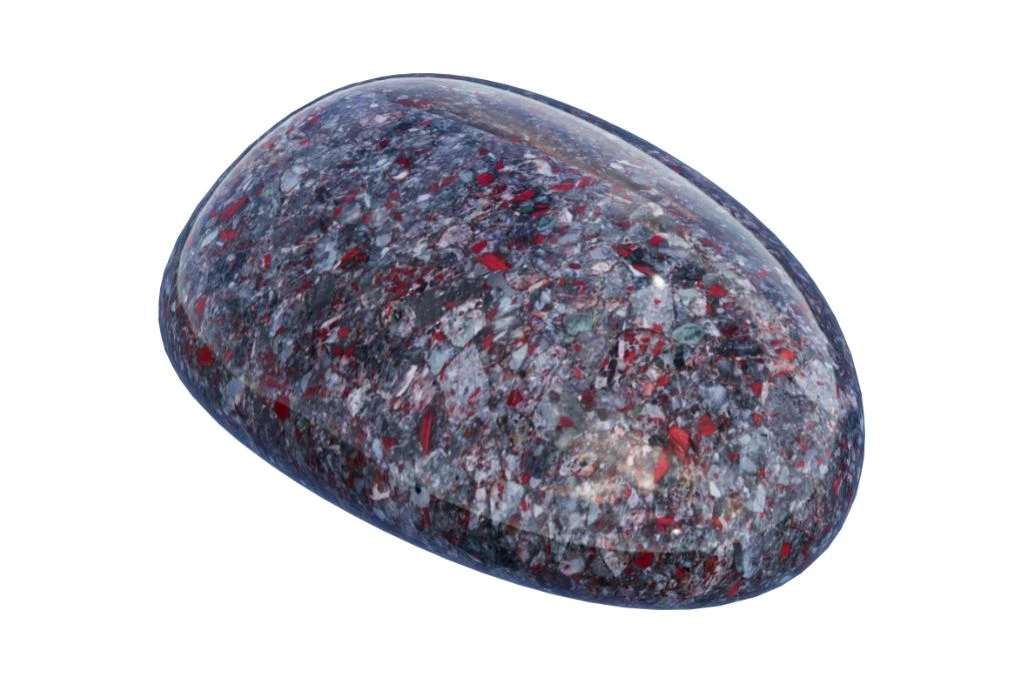
Bloodstone crystal is visually striking and calls for our full presence in the moment. It encourages contemplation of our natural life cycles, including the cycling of birth, growth, and death. This is in alignment with the aspect of Zen that aims to have these gardens as a space that naturally leads to deeper reflection.
This is a great crystal for a Zen Garden, as it is grounding, protective, and revitalizing for our sacred energetic spaces and bodies.
Kambaba Jasper
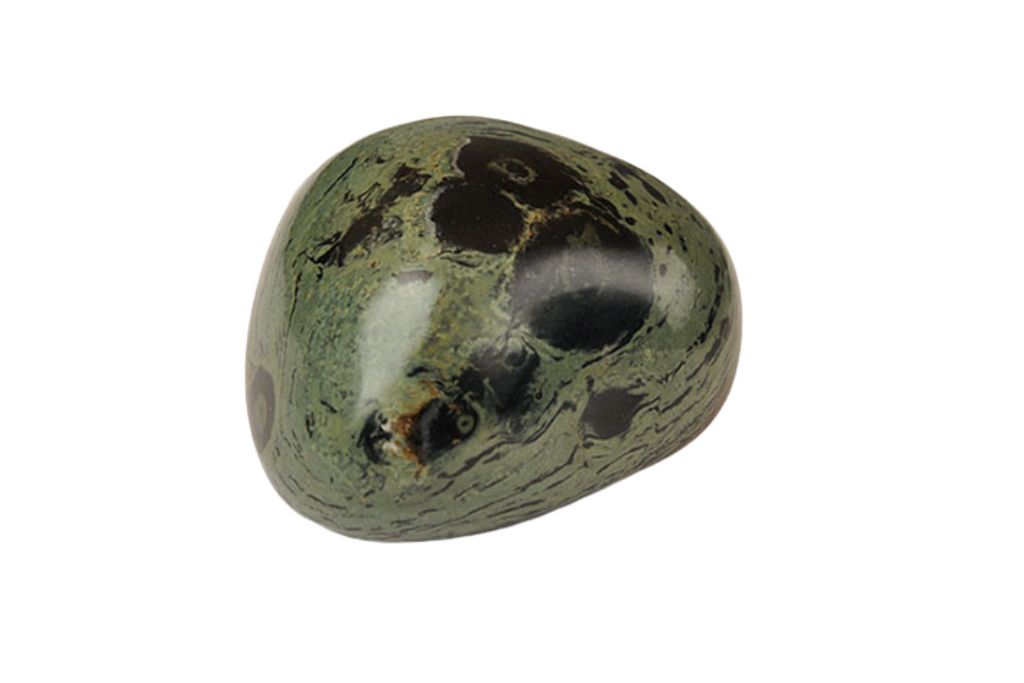
Zen Gardens are often created to contemplate and experience fundamental spiritual human truths. Stones like Kambaba Jasper can work on activating our heart energy, a most powerful and truthful energy.
Kambaba Jasper is soothing to the nervous system and offers a calming, stable, and reassuring energy. This dark green and black crystal can also help us tap into ancestral, ancient, and essential wisdom during meditation and contemplations in a healing crystal garden.
Selenite
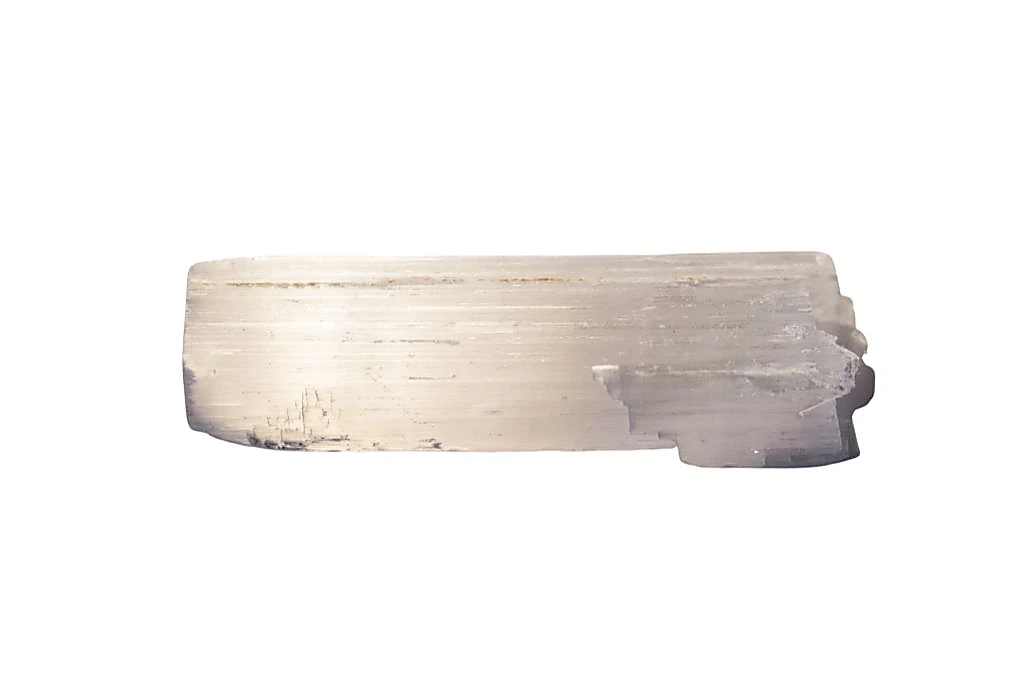
The physical formation of Selenite can bring a really captivating and ethereal energy to your Crystal Zen Garden. Even though this crystal is so attractive, it still fits perfectly with the design principles of a Zen Garden. It is simple, elegant, and tranquil while also being alluring.
Selenite is known to harmonize energy in a way that deepens states of meditation and spiritual connection. It has the effect of clarifying the mind, as well as soothing and stabilizing intense emotions. For these reasons, you can tell that it is a useful and visually fitting crystal for a Zen Garden.
Mookaite Jasper
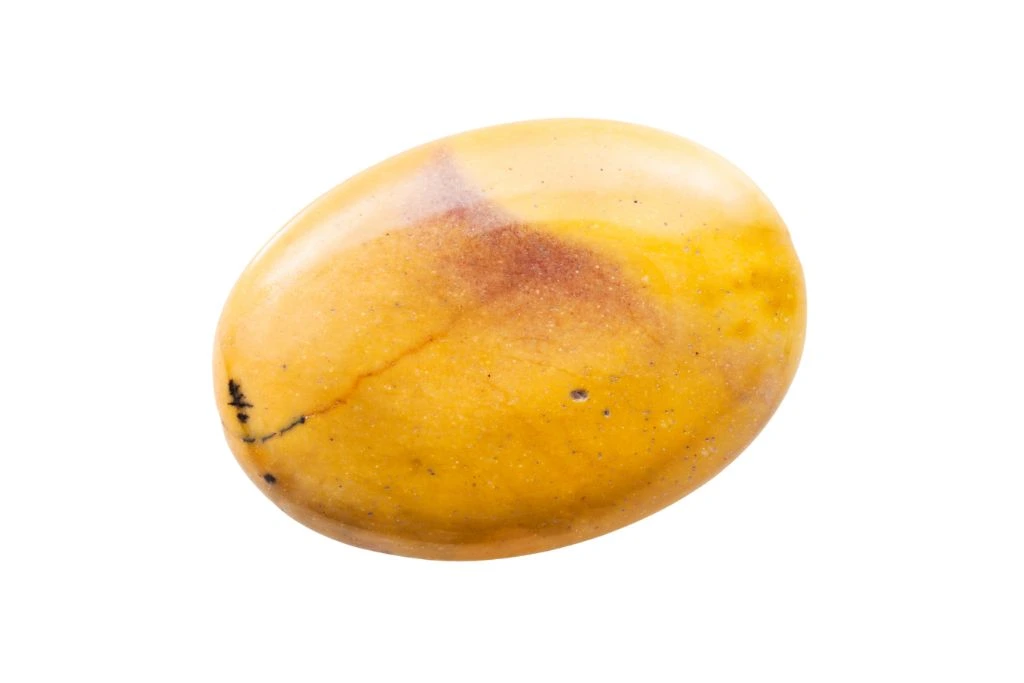
Mookaite Jasper is a good stone to include in your Crystal Zen Garden to bring in some warm color and earthly energy. This stone can help us connect to the natural elements. Deep meditation and contemplative focus on natural elements is a practice that is well suited within a Zen Garden.
The inclusion of Mookaite Jasper encourages and strengthens the connection between the energy of Mother Earth, our mind, body, and emotions. Mookaite crystal is effective for strengthening our sense of inner knowing or intuition. It is a great stone to include in a Zen Garden that features many of nature’s elements to deepen our connection with these elements.
Epidote
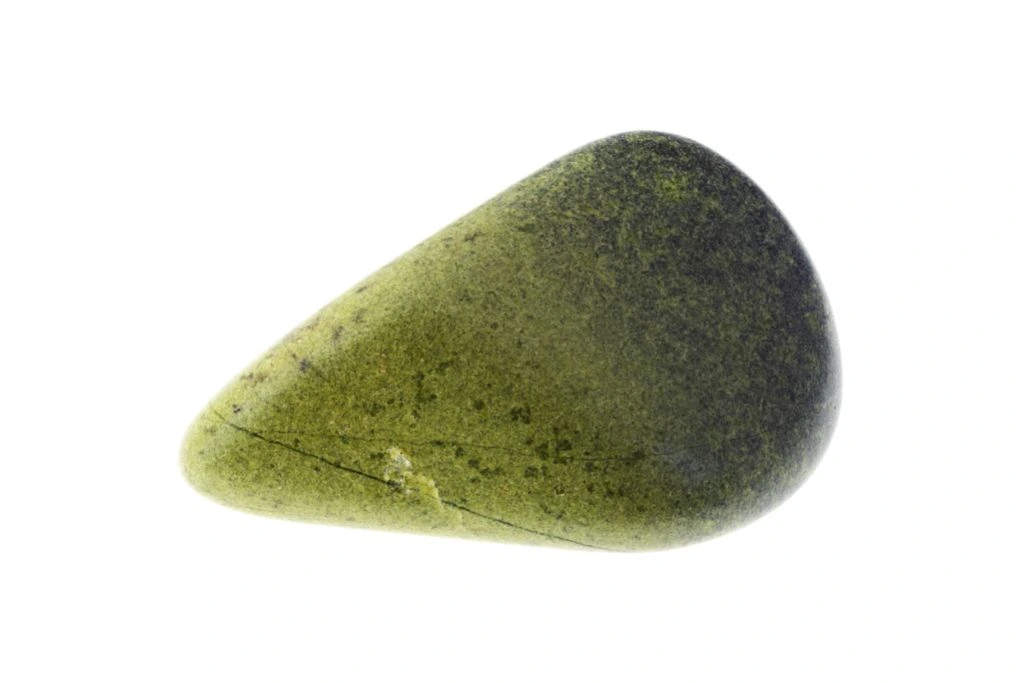
Spiritual awareness and enlightenment also include the integration of shadow aspects. When the intent of a Zen Garden is to reflect and come to peace with life in the present, then being able to observe both Yin and Yang as a dance is essential. Epidote crystal within a Zen Garden meditation space can help us face and accept our human weaknesses and shadows.
The energy of this crystal can also offer attunement to the healing energy of nature that can dissolve heavier emotions and frustration by helping us to find peace and acceptance within any experience. Epidote energy works to expand our minds to comprehend higher vibrational energies of true love and abundance.
Clear Quartz
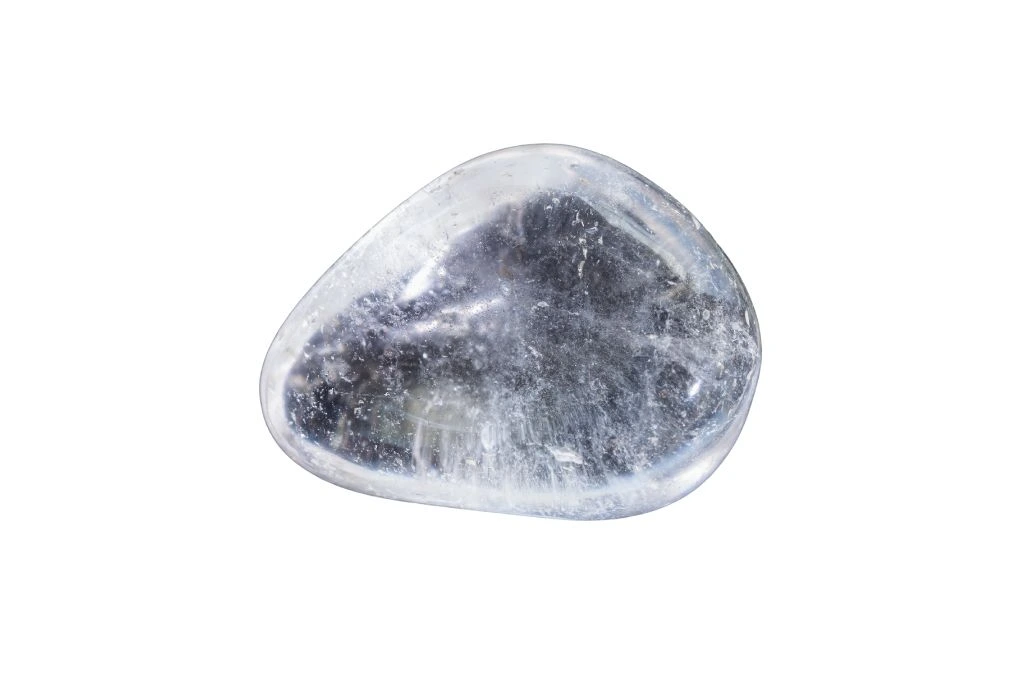
Clear Quartz is a master healer crystal that should have a place in all Crystal Zen Gardens. It is a stone that can be programmed with intention and amplifies the intentional energy. This is really useful for setting the energetic climate of your Zen Garden space.
Clear Quartz is also an excellent stone for balancing all energy centers within our bodies. In deep meditation, it can guide us to contemplate and experience the truth of oneness. This makes it a great stone to include in a healing crystal garden that is intended as an intentional meditation space.
How To Use Crystals for Zen Gardens
Now that we have explored many of the suitable crystals for Zen Gardens we can consider how to utilize them.
Raw Crystals or Tumbled Crystals
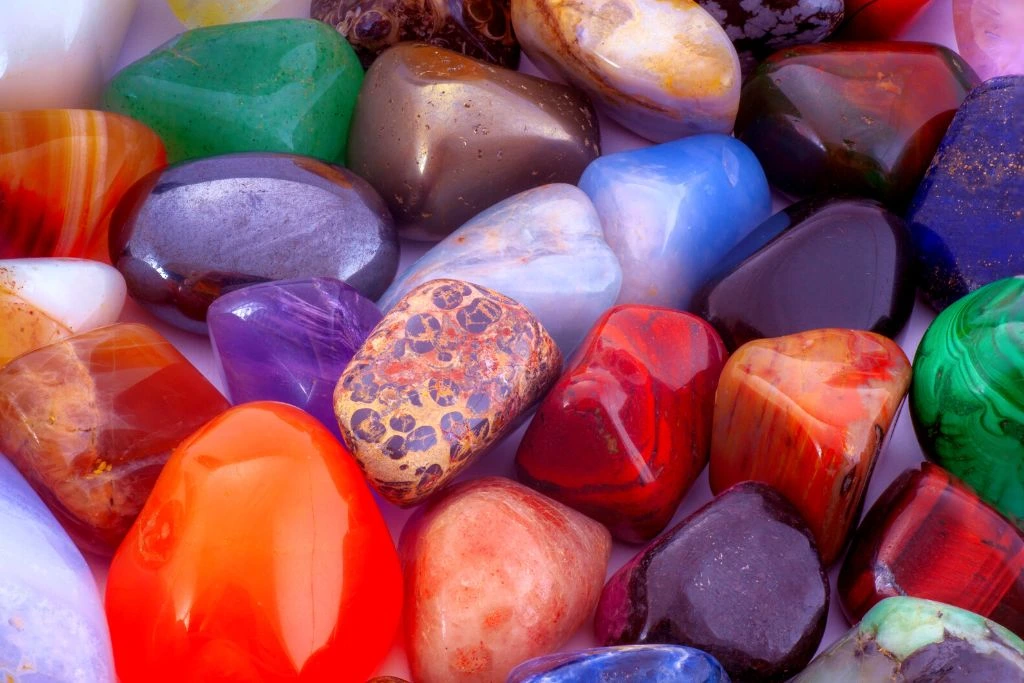
These crystals for Zen Gardens can be used in raw or tumbled form , as they will be energetically effective in both forms. Raw or uncut forms of these crystals would be more in line with the design principles of a Zen Garden that favors a look of naturalness and asymmetry.
Integrating Crystals Within Your Zen Garden Design
The raw stones are easier to integrate into the rockscape and features of a Zen Garden in a way that can mimic the natural landscape and crystal formations on other larger rocks. That being said, tumbled stones can be used creatively anywhere within a big or small Zen Garden.
Stones such as Quartz Points, Selenite, and larger, raw or tumbled forms of all the crystals mentioned above can feature as focal points within the meditative resting spaces in the garden. Simple crystal mandalas can be made with tiny tumbled stones, or tiny crystals can be included within the gravel or sand groundcover spaces.
The possibilities of how you can include these crystals in your Zen Gardens are endlessly creative.
Conclusion
The crystals suggested in this article can be used individually or in combination within your Crystal Zen Garden. We should choose and place these crystals in our healing crystals garden designs with intention and understanding of their metaphysical properties. Be aware of the crystal’s aesthetic value, as this also has a visual impact on the garden, which can also inspire deeper energetic awareness.
Here is a summary of the crystals that can go in a Zen Garden and what effect they will add to your Crystal Zen Garden.
